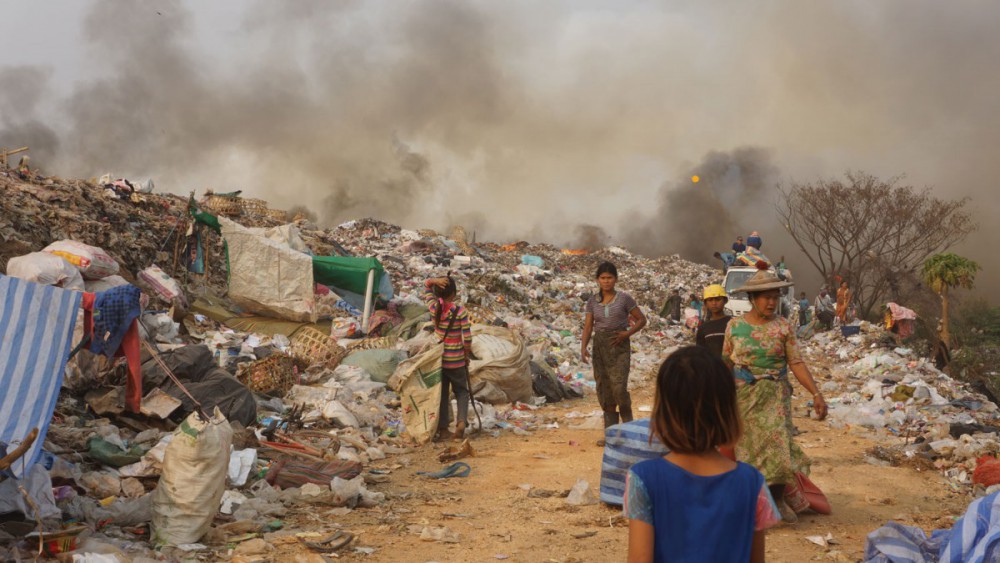
I’ve been thinking lately that a healthy community is a little like a spider’s web. From the thinnest threads is crafted a thing of incredible strength, and with each additional thread, every new point of connection, the web grows stronger. And like a community, a web is nearly invisible to the passer-by—until something hits it.
I’ve got community on my mind these days because I recently had the opportunity to see it materialize around me. Michael, a close friend and an active member of the Briarpatch volunteer squad, was recently forced to jump from a third-story window to escape a fire that, in a mere matter of minutes, entirely engulfed his home. He broke his heel and a cheekbone in the fall, and lost nearly everything he owned in the fire.
Like many students in informal rental arrangements, Michael had no insurance, so he faced the daunting task of starting over with no income, a nearly completed degree, a sizeable student loan, and a several-week recovery from the injuries he sustained.
Fortunately for him and his roommates, his community—which includes both his network of friends and members of the neighbourhood in which the fire occurred—rallied to the cause with donations of money, clothing, furniture, and living accommodations.
I’ve lived in central Regina for two years now—long enough to start to feel like I’m part of a community. But the experience of seeing this community spring into action as a functional network of mutual aid and assistance was new to me, and something I won’t soon forget. Michael is now well on the road to recovery because of that support.
Of course, Michael himself has acknowledged that many things facilitated his recovery, including a supportive family, a solid network of friends, and, less tangibly, the privileges of being a young white man living in a stable, middle-class neighbourhood. The prejudices that might sometimes keep people from coming to the assistance of others hardly applied here. Throughout his treatment, Michael, like the true journalist he is, was always asking questions, often to do with the treatment he would have received if, after the fire, he had no money and nowhere to go. The answers were often rather frightening, and made us all appreciate the countless mechanisms, formal and informal—from public medicare to donated cookware—that can keep us from hitting rock bottom. The need to bolster these mechanisms and improve the ability of communities to respond to suffering, misfortune, injustice, and inequality, appeared, to us, more urgent than ever.
But I’m not the only one who has been thinking a lot about community lately. Shayna Stock and Dominique Fenton, two artists based in Toronto, have just set out on a cross-country exploration of community. They’ll be traveling across the country, seeking out intentional communities (a term they define quite broadly), and posting their discoveries to our website in the coming weeks. We hope you’ll follow along.
All communities, of course, are both intentional and accidental—they’re made up of, and vulnerable to, countless forces beyond our control, and yet they’re only as strong as our willingness to engage creatively with those forces and participate in collective endeavours with others.
Clearly, community is a broad, amorphous concept that, when we use it, reveals a lot about our ideals and our utopian dreams. All our notions of a better world spring from what we know of community—these invisible obligations to one another that make us all, individually and collectively, stronger. As activists, our victories come when we manage to strengthen, extend, and make tangible these invisible bonds.
As Shayna and Dominique observe, “there are as many different definitions of community as there are people on this earth.” Community is always an open-ended project. And like all good conversations, the one we hope to spark here is open-ended too, to be continued in Shayna and Dominique’s postings to our website, in the pages of this and future issues of Briarpatch, and, perhaps, on a street corner or in a coffee shop near you.


